Breadcrumb
News archives
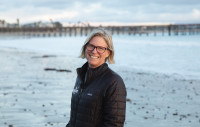
A career spanning boundaries
Coastal Resilience Extension Specialist Laura Engeman has ensured science reaches across divides
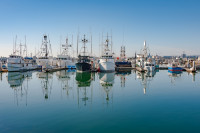
New Portal Tracks Coastal Health
Real-time data helps protect $45 billion marine economy from the effects of ocean acidification and oxygen depletion
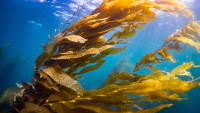
The where, when and why of bringing back kelp
California Sea Grant-funded research is informing key restoration efforts
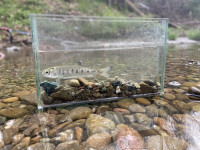
Coho Salmon's Survival Strategy: Different Paths to Success
Study reveals unexpected diversity in endangered coho migration patterns

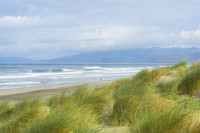
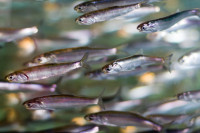
Calculating the future of the California Current Ecosystem
To understand the threat of climate change, Prop 84-funded researchers are looking to data from the region’s past
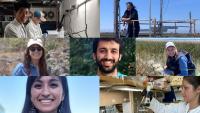
Eight emerging scientists address high-priority research needs
The latest cohort of Delta Science Fellows improved our understanding of an important ecological and economic region

Why are fish growing smaller as the oceans warm?
Recent research makes one thing clear: It’s not the gills
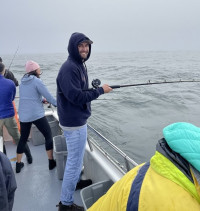
An Accidental Sea-Level Rise Specialist
A California Sea Grant State Fellow is on a mission to protect the beaches he grew up loving
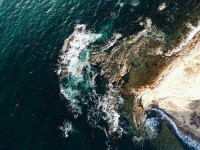
Mapping a patchwork quilt
By layering oceanographic, biological and social data, a team of researchers hopes to assess how climate change is impacting California’s coast
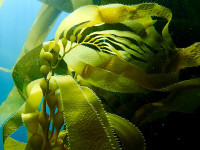
Examining the climate wins in Marine Protected Areas
New research examined whether “foundational” species in marine protected areas can help offset the impacts of climate change.
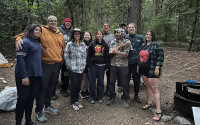
‘Transiting’ between Western and Indigenous worldviews
A summer program, supported by California Sea Grant, held on reacquired Wiyot land, collects essential data while sharing Traditional Ecological Knowledge
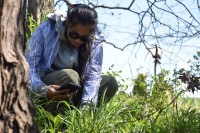
Digging deep
How a postdoc position bridged the gap between research and policy in California's crucial Delta
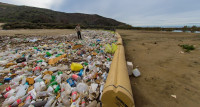
Uniting across borders to tackle land-based marine debris
A $300,000 grant is bringing together efforts in the Tijuana River watershed
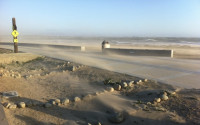
Studying the climate potential of California’s dunes
A seed grant will help researchers assess how coastal dunes can protect communities as sea levels rise
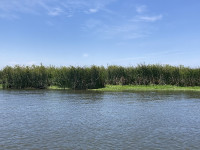
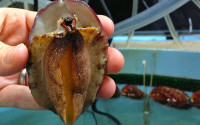
Preparing abalone for a precarious future
New study suggests white abalone are vulnerable to warming — but genetics might make a difference
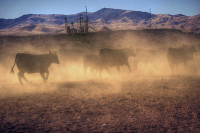
Can local seaweed reduce California's cattle methane emissions?
California Sea Grant research investigates home-grown solutions
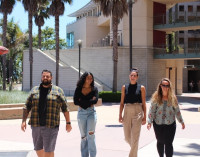
Undergrad mentorship programs diversify marine sciences
Eight California Sea Grant-funded programs offer support to young researchers
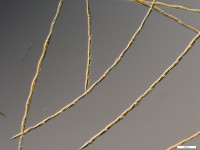
Clarifying the causes of blooms
Contrary to the expectations, ocean acidification may not prompt the production of toxic domoic acid
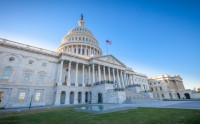
Knauss fellow embraces the wider ocean view
De'Marcus Robinson explores policy at the Council on Environmental Quality
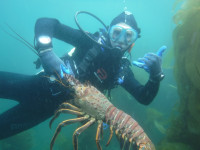
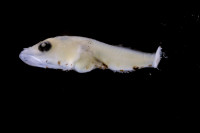
A detective story in the larval archives
Erica Mason dove back into the biological archives to better understand California’s bass
